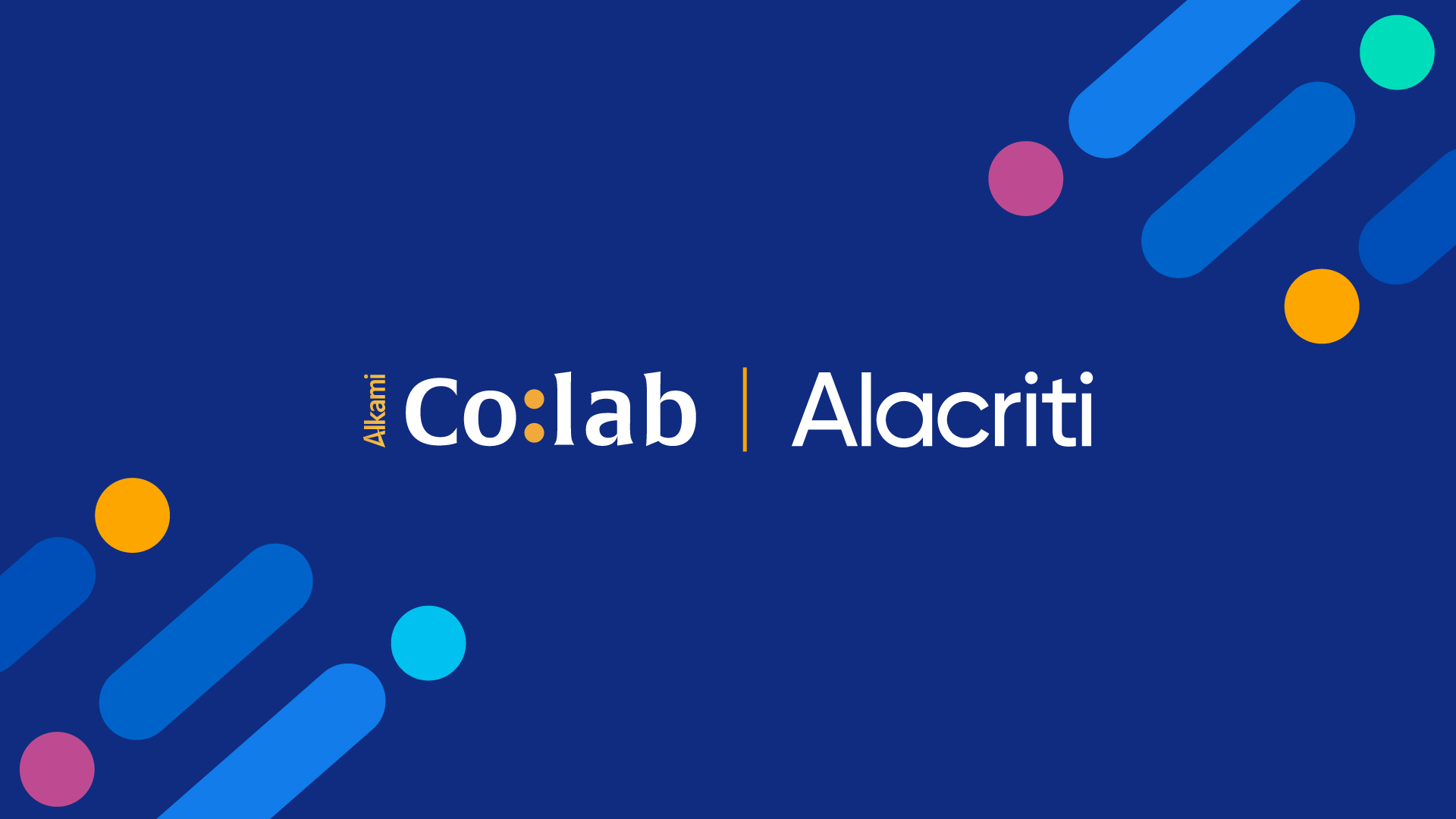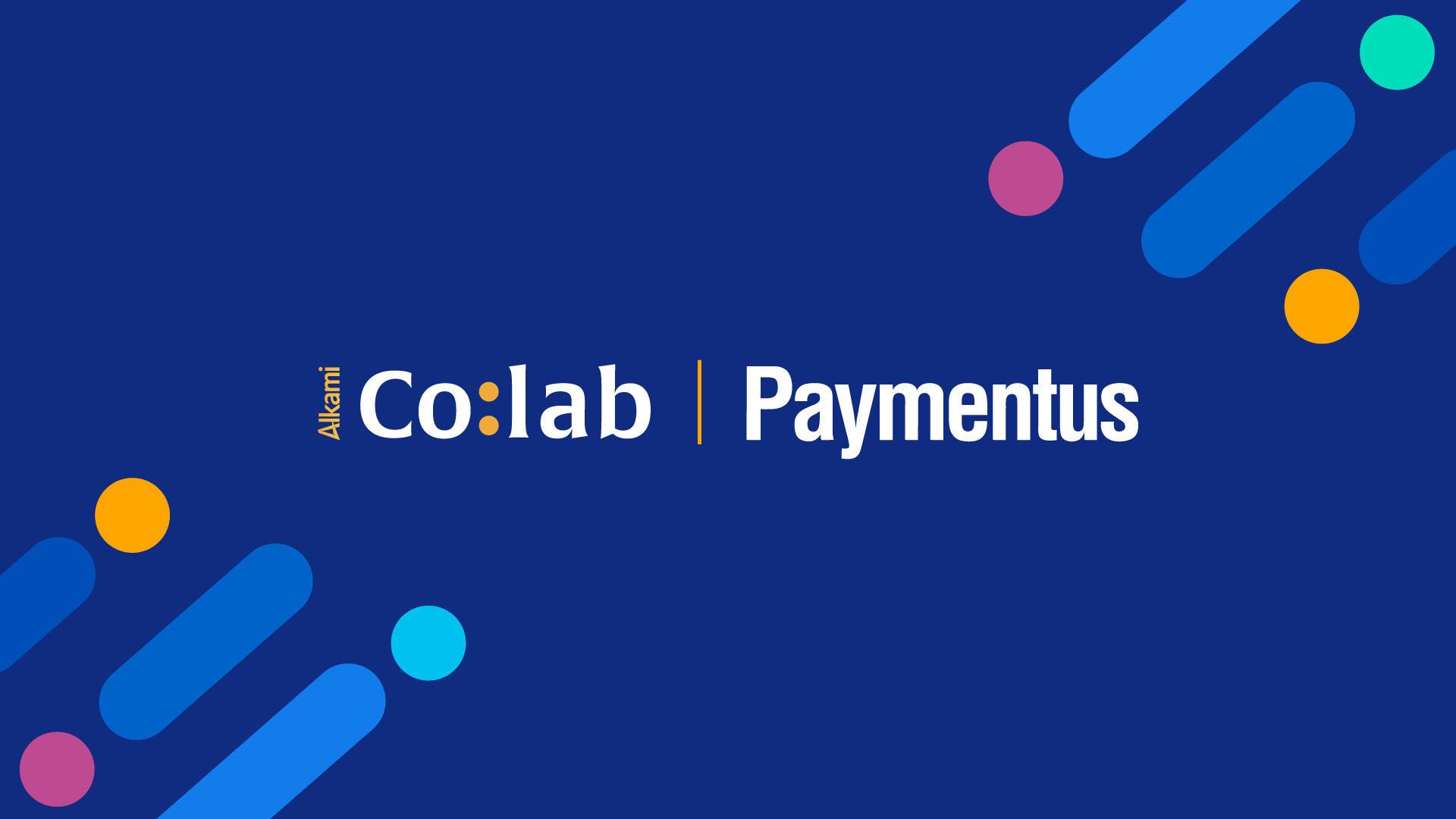What are ACH Credit Payments?
An ACH credit payment is a type of financial transaction where money is “pushed” from one bank account to another through the ACH network. This method is commonly used for various types of payments including:
- Employers distributing payroll to employees.
- Government agencies sending cash payments to citizens.
- Businesses paying their vendors.
- Commercial clients performing cash concentration activities to preferred operating accounts.
ACH credits are convenient and cost-effective, allowing money to move from one account to another, typically within a few hours to a few business days. This process utilizes basic details such as the recipient’s name, bank account number, routing number, and transaction specifics.
The Role of Know Your Customer (KYC) in ACH Transactions
KYC practices are vital in establishing a secure ACH environment in commercial banking solutions. Financial institutions must diligently verify the identity of their clients—particularly ACH Originators—to mitigate potential fraud and ensure compliance with regulatory requirements. This process involves assessing the creditworthiness of originators and setting appropriate credit and debit limits based on their financial health and transaction history.
For example, ACH credit origination allows originators to initiate payments to various beneficiaries, such as vendors or employees with arrival of the payment the same day or up to two days in advance of the Settlement Date of the transactions. Some financial institutions offer transaction warehousing, which allows for a longer lead time prior to the transactions entering the ACH network. This timeline is crucial for maintaining the flow and security of transactions, as illustrated in the simplified sequence:
Originator → ODFI → ACH Operator → RDFI → Receiver (payee)
The Originating Depository Financial Institution (ODFI) plays a pivotal role here, assuming the responsibility for the credit transactions pushed through this pipeline.
How ACH Credits Function
The mechanics of an ACH credit transaction in commercial banking solutions are straightforward yet efficient:
- Initiation: The payer, or a processing partner, provides the ODFI with the recipient’s account details, the amount to be transferred, a Standard Entry Class code based on the payee’s method of authorization and customer type, and a target settlement date.
- Processing: The ODFI collects these requests from many originators and submits them to the ACH network in batches several times a day.
- Distribution: The ACH Operator (e.g. The Federal Reserve or Electronic Payments Network (EPN)) receives and processes these batches several times each business day, organizing them into new batches directed at the respective Receiving Depository Financial Institutions (RDFI) that manage the recipients’ accounts.
- Execution: Each RDFI then processes the incoming transactions, posts valid transactions, and returns others within their respective windows with any necessary error codes.
- Settlement: The ODFI and RDFI net settle the transactions through their Operators at the end of the business day.
- Completion: Finally, the RDFI releases funds to the payee on the Settlement Date provided by the Operator.
Credit Risk in ACH Origination
Credit risk in ACH origination primarily concerns the potential inability of an originator or a third-party sender to settle transactions as agreed. This credit risk is particularly pronounced with credit entries, where ODFIs face exposure from the time the credit file is submitted to the ACH operator until its settlement. This period can be seen as providing an unsecured, short-term loan to the originator—a risky endeavor that could lead to significant financial losses in cases of non-settlement.
Moreover, credit risk also extends to ACH debit origination in commercial banking solutions, where funds made available to an originator might be retracted if subsequent returns occur. For debit entries, the ODFI incurs credit risk from the time it grants funds availability to the originator until the ACH debit can no longer be returned by the RDFI. An unforeseen increase in unauthorized returns can place financial strain on ODFIs, who must then cover the shortfall, if the originator’s account lacks sufficient funds or has been closed. (See OCC Bulletin 2006-39)
Managing Risks through Prefunding and Timely Settlements
To manage these risks, ODFIs might employ strategies like prefunding, where funds are secured from the originator’s account at ACH credit transaction initiation, or by debiting accounts in your commercial banking solution on the morning of the effective date rather than at the close of business. These practices help mitigate the funding risk—the danger of an originator failing to have sufficient funds on the transaction’s effective date.
The Evolving Landscape of Payment Networks
As the financial ecosystem evolves, new networks and payment methods are emerging. These include bank-centered solutions like Zelle, real-time payments through the RTP and FedNow networks; instant push payments made through the traditional debit card networks like those offered by MasterCard and VISA; and finally, payments powered through money service business solutions. Each of these options presents different balances of cost, speed, reach, compliance, and simplicity, offering treasurers diverse strategies for managing their financial operations and improving customer, member and vendor satisfaction in your commercial banking solution.
Involvement of Credit/Underwriting Departments
Given the similarities between ACH credit risk and short-term unsecured lending, an ODFI’s credit or underwriting department must play a significant role in the due diligence and risk assessment processes of originators. Their involvement ensures a strong risk management framework, which is critical in maintaining the integrity and reliability of ACH transactions.
Securing the Future of Commercial Banking Solutions with ACH Credits
ACH origination of credit and debit entries involves credit risk that can lead to significant financial losses, if not properly managed in your commercial banking solution. Effective KYC and underwriting practices and the active involvement of credit risk management are indispensable in this regard. By understanding and mitigating these risks, financial institutions can safeguard themselves and their clients from potential financial pitfalls, ensuring the stability and efficiency of the ACH network in the commercial banking landscape. This approach not only enhances security but also builds trust among all participants in the ACH process.
Learn more about Alkami’s commercial banking solutions. If you want a deeper exploration of our offerings, schedule a demo with us.










